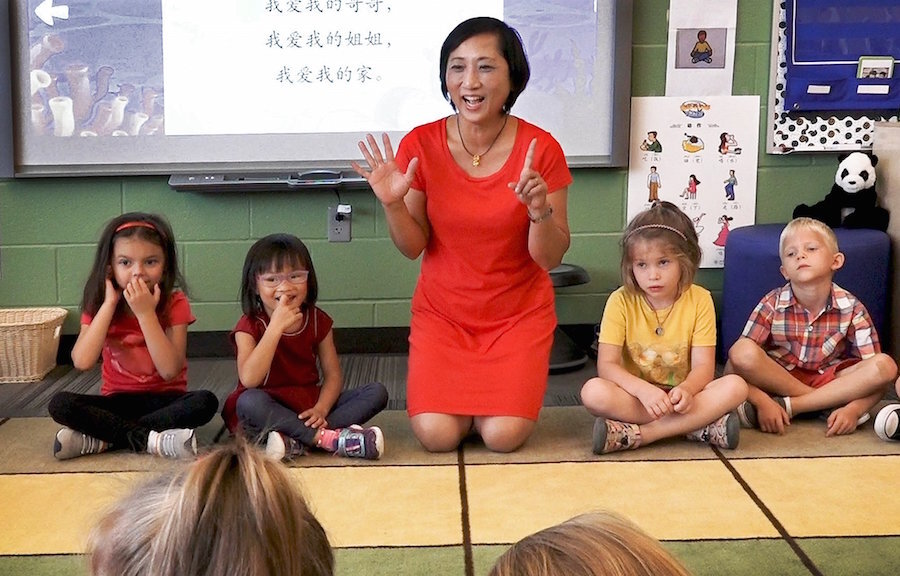Raising graduation rates, one expectation at a time
The graduation rate for American high school students reached a record high in 2016, according to a new federal report. Of course, such data has only been collected in a standardized way since 2011. And many public schools, facing pressure to succeed, have been accused of lowering standards to help students earn a diploma. Still, the progress appears real. Over five years, the graduation rate has steadily risen from 79 percent to 84 percent. Even better, all disadvantaged groups saw an increase.
Other measures of student achievement, such as the National Assessment of Educational Progress, do not indicate as much progress or even show a decline in certain measures. Yet the larger point is that many schools are showing improvements, and one cause may be higher expectations. Ever since the 1983 landmark report “A Nation at Risk” put a spotlight on the poor state of public schools, governments have lifted standards and instilled an expectancy of success in classroom learning.
Not all efforts aimed at holding schools accountable – such as the 2001 No Child Left Behind Act or the 2015 Every Student Succeeds Act – have been welcomed. But no one can deny that the focused attention on education is driving reforms.
A surprising example of progress is the Chicago Public Schools. Despite the city’s social and economic disadvantages, its schools have shown above-average progress in raising the reading and math levels for elementary students, according to new research by Stanford University. One reason, according to The New York Times, are the attitudes of educators. “Whatever kids come in here, we know we can grow them,” one principal, Tracey Stelly, told the Times. “When kids come in the building, they know, ‘This is where I belong.’ ”
Research studies that prove teacher attitudes can improve – or worsen – a student’s performance are surprisingly few. Perhaps the most definitive study is a recent one by Seth Gershenson of American University and Nicholas Papageorge of Johns Hopkins University. They used data that tracked 10th-grade students into adulthood and also measured what teachers expected of each child in future performance. The scholars showed that students randomly assigned to a teacher whose expectations were 40 percent higher than another teacher were 7 percent more likely to complete a four-year college degree.
Teachers do make the ultimate difference in education, not in positive thinking but in understanding each student’s innate abilities and qualities of thought. They can help students overcome disadvantages often seen as intractable, such as family dysfunction or poor skills in English. And with this high expectation in the classroom, more students are able to finish 12th grade, raising the educational attainment for the whole United States.








